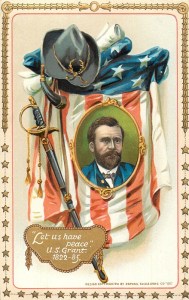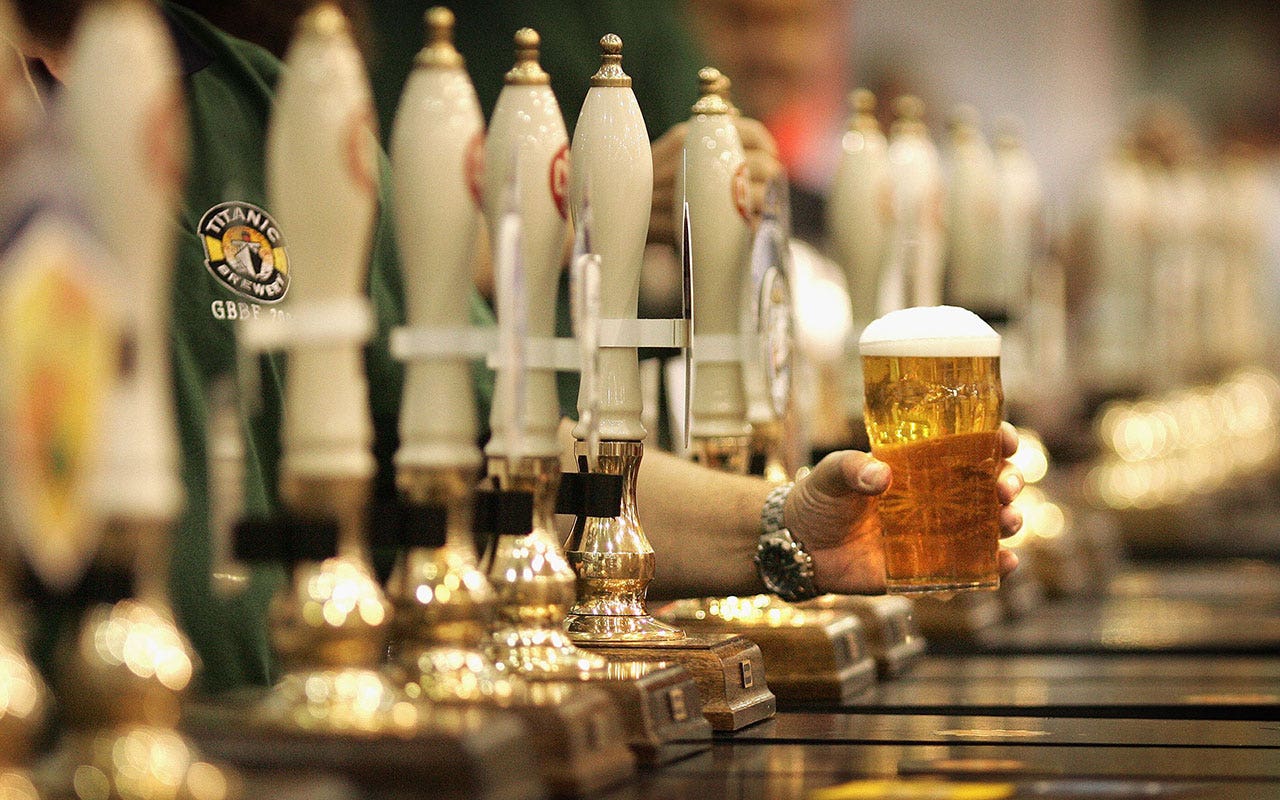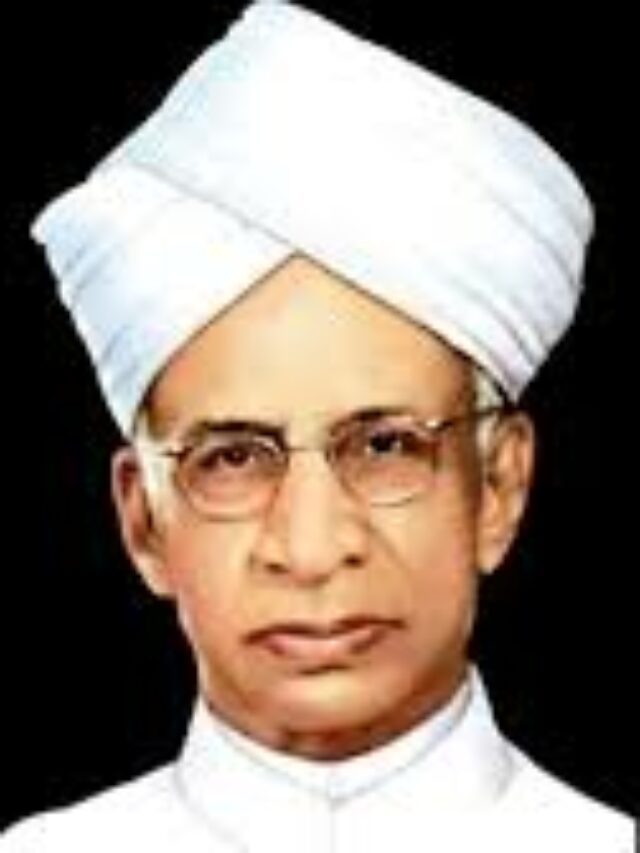5 Fascinating Facts About Decoration Day's Origins

Decoration Day, widely known today as Memorial Day, has a rich history deeply rooted in American tradition. This special day honors the men and women who died while serving in the U.S. military, and its origins reflect the nation's shared desire to remember and celebrate those who made the ultimate sacrifice. In this blog post, we will explore the five fascinating facts about Decoration Day's origins, offering insights into its historical significance and its evolution into a national holiday.
The Civil War Connection

The tradition of decorating the graves of fallen soldiers began during the Civil War. Women in the South were known to place flowers on both Confederate and Union soldiers’ graves, a poignant act of respect and reconciliation. Here’s how it evolved:
- Origins in the Southern Tradition: Early celebrations were informal, with families and communities coming together to remember the deceased soldiers.
- General John A. Logan’s Proclamation: In 1868, General John A. Logan, leader of an organization for Northern Civil War veterans, called for a nationwide day of remembrance, which he named Decoration Day. He chose May 30th as the date because it was believed no major battles occurred on that day.
- The Grand Army of the Republic: This organization spread the observance to Northern states, standardizing it as an annual event. By 1890, every Northern state recognized Decoration Day.

From Decoration Day to Memorial Day

The transition from Decoration Day to Memorial Day is a pivotal moment in the history of this holiday:
- Expanding Honor to All Wars: Over time, the day expanded from honoring Civil War dead to include soldiers from all American wars, reflecting the nation’s ongoing commitment to remembrance.
- Uniform Monday Holiday Act: In 1968, Congress passed the Uniform Monday Holiday Act, aiming to create more three-day weekends for federal employees. Memorial Day was moved to the last Monday of May, effective from 1971.
- Evolution of the Name: The name “Memorial Day” became more common, especially after World War II, symbolizing the broadening scope of remembrance.
📝 Note: The change to "Memorial Day" in federal law didn't occur until 1967, and the Uniform Monday Holiday Act made it official.
The Influence of Waterloo, New York

Waterloo, New York, played a crucial role in establishing Decoration Day as an observed event:
- First Official Observance: In 1866, Waterloo held the first formal, community-wide observance of what would become Decoration Day. The event, organized by Henry Welles, included closing businesses, lowering flags to half-staff, and a procession to the cemeteries to adorn the graves.
- Federal Recognition: In 1966, President Lyndon B. Johnson proclaimed Waterloo the “birthplace” of Memorial Day, acknowledging its foundational contribution to the holiday’s history.

Communal Events and Traditions

Decoration Day was not just about decoration but also about community:
- Community Gatherings: Traditional practices included parades, speeches, and family picnics, fostering a sense of community and shared memory.
- Personal Tributes: Families honored their loved ones by decorating their graves with flowers, flags, and small mementos, transforming private grief into public remembrance.
The Influence of Women’s Roles

Women played an instrumental role in the early traditions of Decoration Day:
- The Ladies’ Memorial Association: Formed by Southern women, these associations were key in establishing the practice of honoring the dead.
- Women as Leaders: Women like Sue A. Radford from Petersburg, Virginia, organized events, stressing the need for national reconciliation through remembrance.
🌸 Note: The influence of women in shaping Memorial Day traditions highlights their dedication to healing national wounds.
In sum, Decoration Day's origins are a beautiful tapestry of unity, remembrance, and tradition that evolved from a Civil War-era custom into a national day of honor for America's fallen soldiers. The transition from a local, informal observance to a federal holiday reflects the nation's collective memory and its continuous effort to honor those who served. The traditions established by early observances continue to resonate, making Memorial Day a day of both solemn remembrance and communal celebration.
Why was Decoration Day renamed Memorial Day?

+
The name change to Memorial Day reflects the broader scope of remembering all fallen U.S. military personnel, not just those from the Civil War.
What was the significance of Waterloo, New York, in the history of Memorial Day?

+
Waterloo, New York, held the first formal and community-wide observance of Decoration Day, earning it federal recognition as the “birthplace” of Memorial Day.
How did the Uniform Monday Holiday Act affect Memorial Day?

+
The act moved Memorial Day to the last Monday in May to create a three-day weekend, aiming to reduce worker absenteeism and stimulate economic activity through travel and leisure.
Did women have a significant role in the establishment of Decoration Day?

+
Yes, women’s associations, like The Ladies’ Memorial Association, were instrumental in organizing early observances and promoting remembrance through decoration of graves.